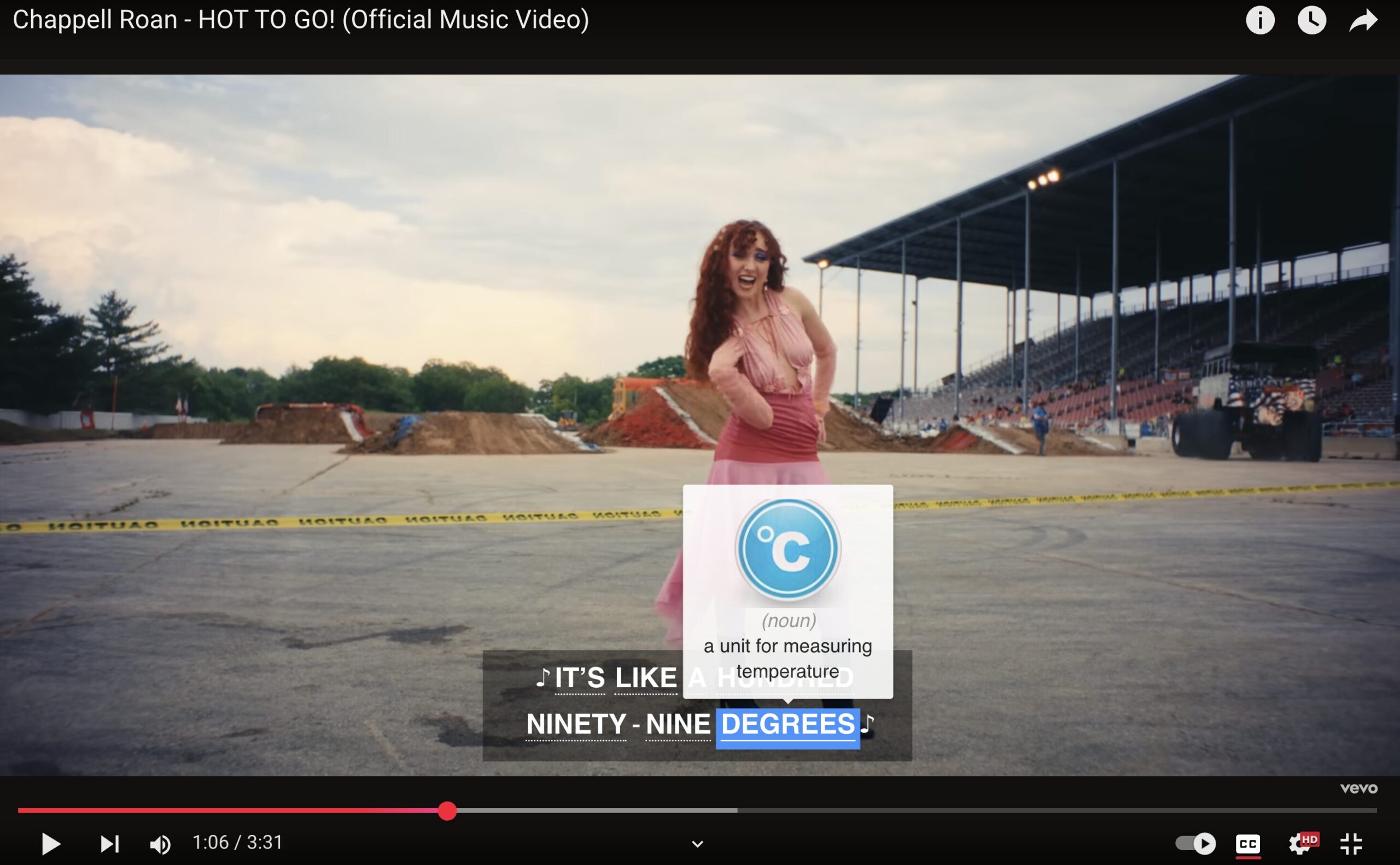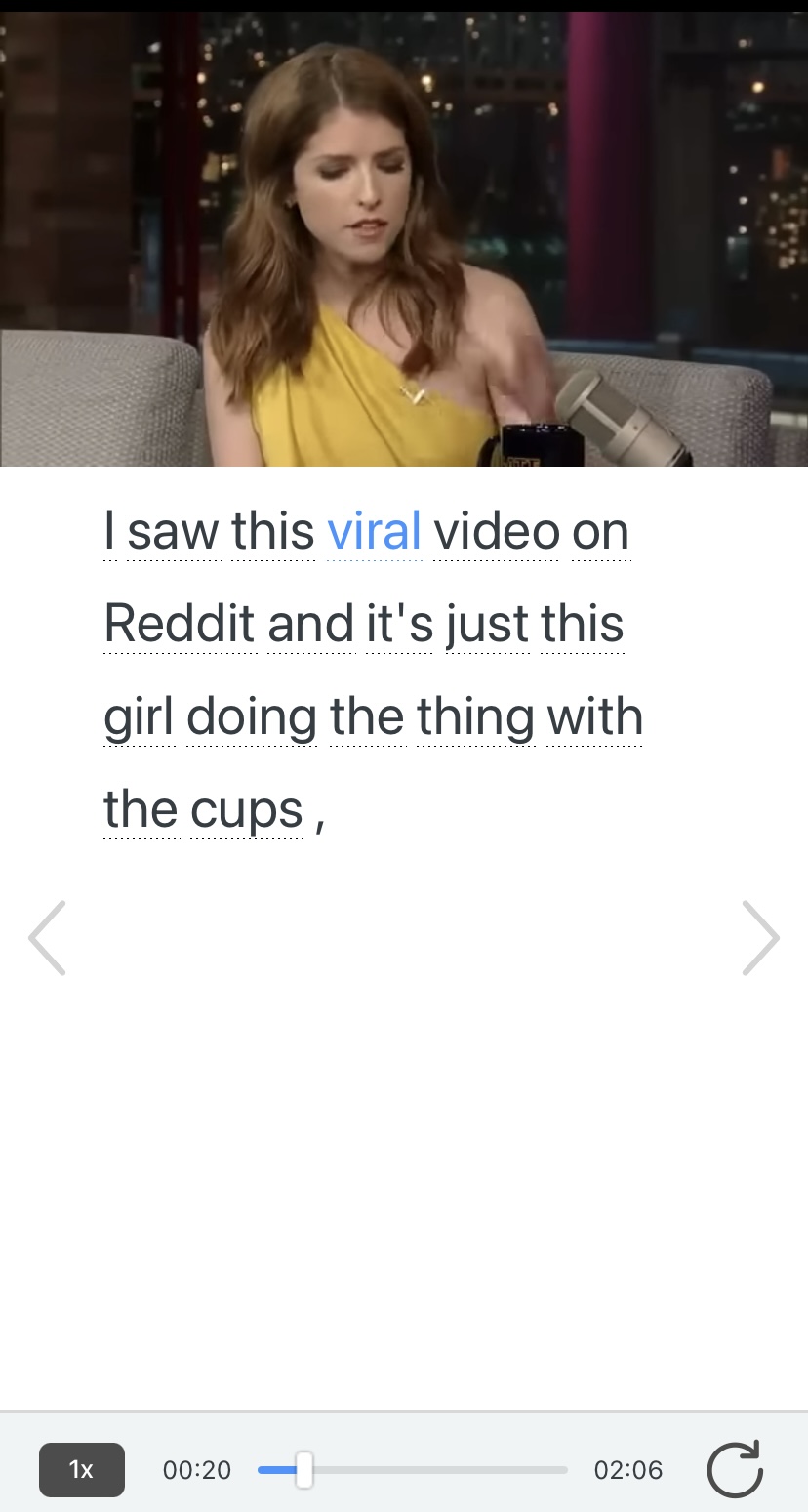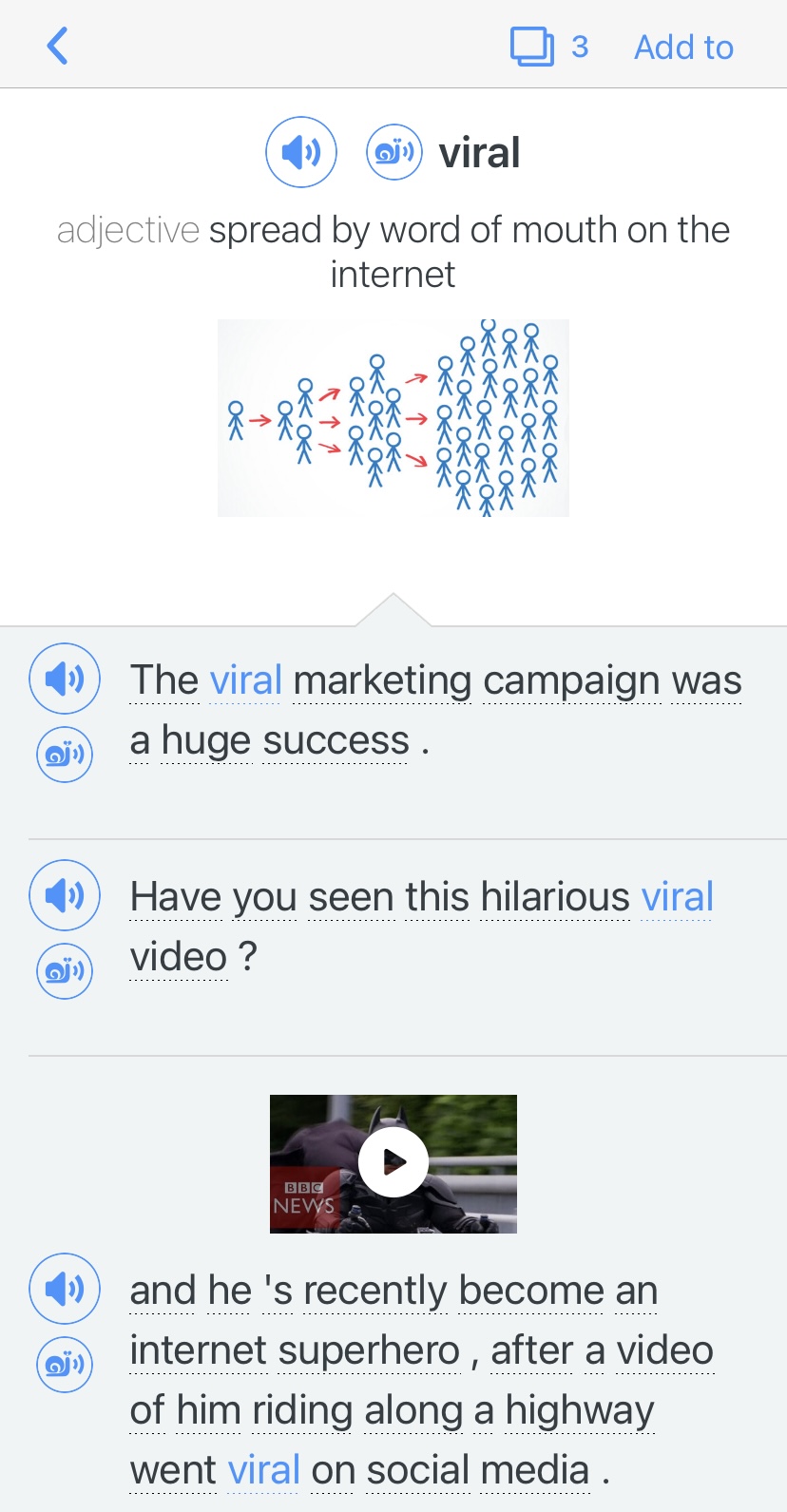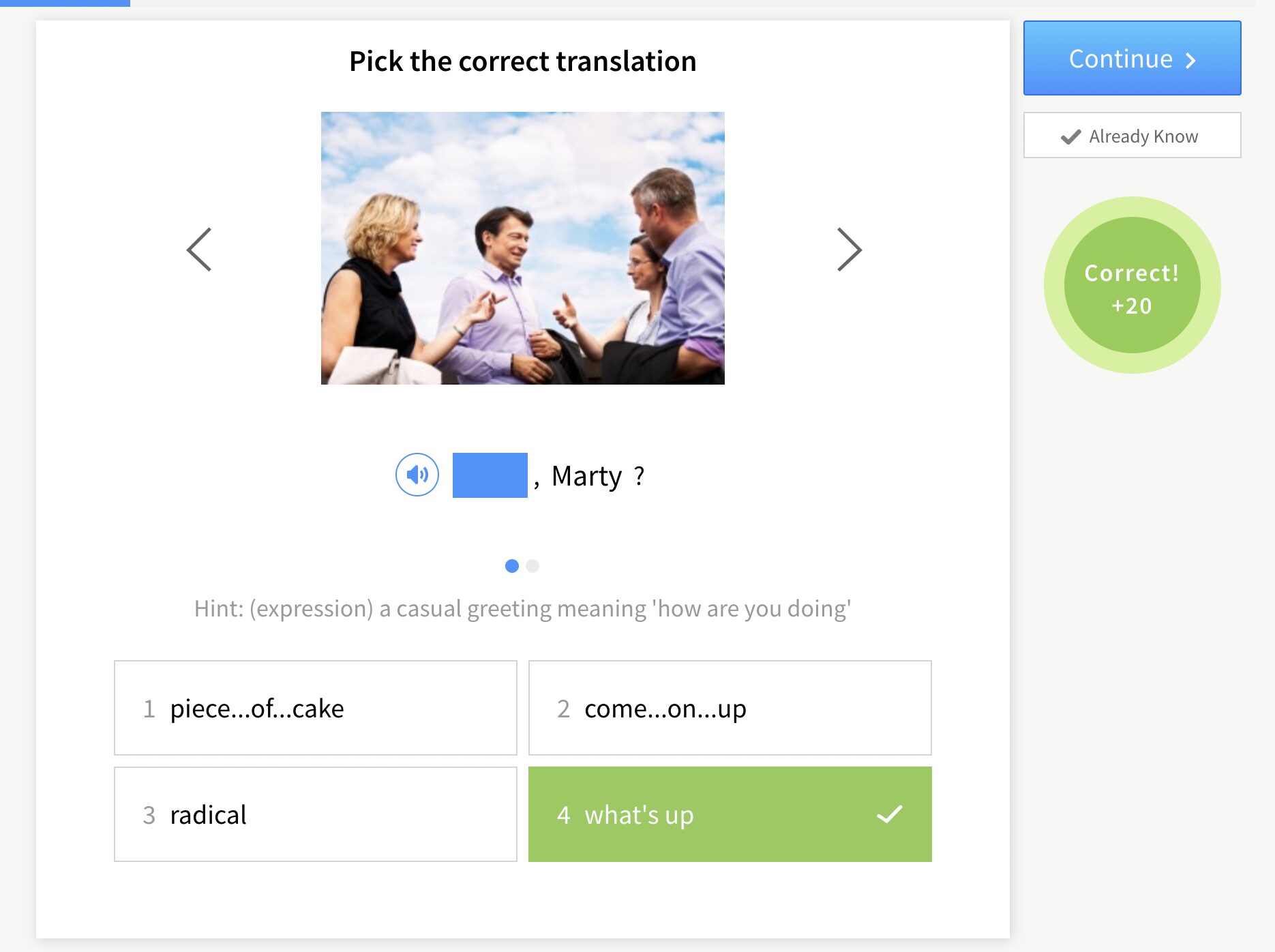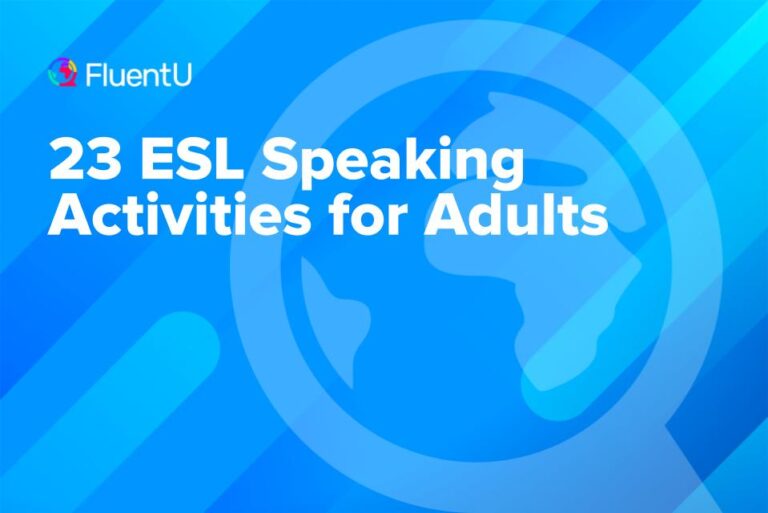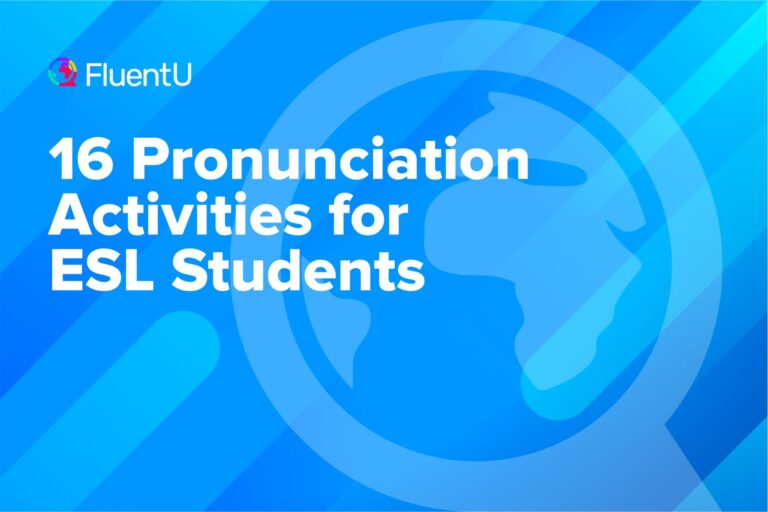Conversation Class Lesson Plan: A Step-by-Step Guide
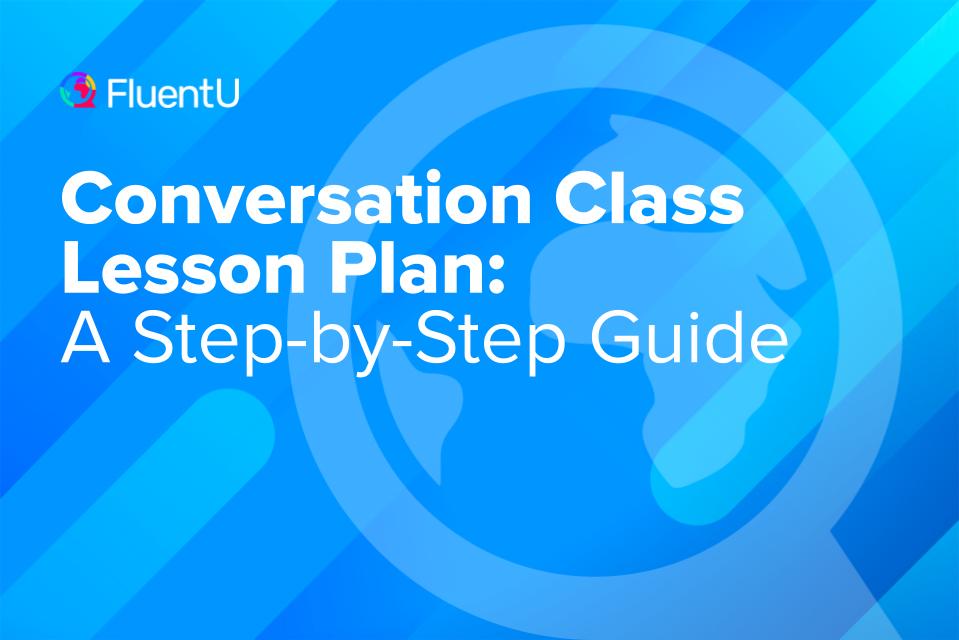
Conversation is one of the most important ESL skills you can equip your students with. In fact, it’s the ESL tool that will take your students’ noses out of textbooks and notebooks, letting them build English language confidence in a more natural way.
Let your students take on the “Chatty Cathy” persona with this outline for a wonderful ESL Conversation lesson plan. I’ll show you a lesson structure that you can apply to any ESL conversation class, with specific examples and fun activities that your students will enjoy.
Download: This blog post is available as a convenient and portable PDF that you can take anywhere. Click here to get a copy. (Download)
A Checklist for Your ESL Conversation Lesson
First things first, get to know your students. It’s important to understand who they are, what they’re interested in and what they want to accomplish by learning English.
ESL students all have their unique reasons for learning English. They might want to get more work opportunities, travel around the world after retirement or even get into a master’s program abroad.
When preparing your ESL conversation lesson plan, make sure the topic of the conversation is relevant to your student. A young adult will most likely want to discuss their favorite sports team or travel, not the latest business trends or political news.
Another concept to consider is what ESL sub-skills will come up. You may find a few relevant idioms or phrasal verbs that you can add in as you go. You’ll also be observing how your student delivers their thoughts while keeping track of their pronunciation and grammar.
Checklist for ESL Conversation Lessons:
- Is the discussion relevant to my student’s interests and goals?
- Is the discussion moving along or is it beginning to stall?
- Are my student’s pronunciation and enunciation correct and clear?
- Is my student fumbling with vocabulary?
- Is my student using correct grammar?
- Is my student staying on topic and answering my questions correctly?
How to Structure ESL Conversation Lesson Plans
Without a good structure, your ESL conversation can stall and deteriorate quickly. To structure your lesson well, you can use the Presentation, Practice and Production (PPP) method:
- Presentation is the stage in the lesson where you show new material to your students in an exciting and informative way. This lays the foundation for the rest of the lesson.
- Practice is when you let your students practice the new material with guidance. This can involve collaborative exercises in pairs, in small groups or as a class.
- The Production stage is when you’ll take a step back and let students speak. You’ll float around and keep a close eye or ear, maybe answer a few questions here or there. This is satisfying because you’ll get to see your hard work take form in your students’ abilities.
You can start with a warm-up before moving on to these stages, then wrap up with a Q&A and feedback sharing from students.
How to Create ESL Conversation Lesson Plans
Warm-ups
Before you dive into the meat of the lesson, make sure to do warm-ups first. Students spend the majority of their days speaking in their native language, so it takes a little time to get the English juices flowing.
Make warm-ups as simple as possible—they’re meant to be easy and fun with little brainpower expended! Here are a few great ESL conversation warm-up activities:
- I Went to the Park and Saw… — Start by writing the key sentence phrase on the board and then adding the first noun. For example: “I went to the park and saw a dog.” You can also use an adjective and a noun like, “I went to the park and saw a playful dog.”
Then let your students add a noun or adjective+noun and so on. So the first student may add, “I went to the park and saw a playful dog and waddling duck.” It’s easy to follow along and can get a little silly.
- Last Letter, First Letter — You can start off with no theme. If you use the word “car,” the first student will then take the “r” from “car” and make a new word like, “rain” and so on.
After one time around the class, add a theme. If your theme is kitchen utensils, you’d start with “spoon,” the first student would continue with “napkin” and so on.
Presentation Activity
The presentation stage is where your lesson really begins.
Visual aids are the best form of mental stimulation for most students. Putting together a presentation based on a few pictures is excellent and will be our example here.
Your presentation should follow the theme you’ll use for the lesson. Our theme for this sample ESL conversation lesson plan will be “National Parks.”
Animals are perfect for opening topics and then you can move into well-known geographical features or get deeper into the relationship between animals from each visual aid. There are a lot of national parks in the United States, so it’s best to choose only one to quell any confusion.
Example Presentation Outline:
- Visual #1: A bear relaxing in Yellowstone. You’ll discuss what types of bears are in Yellowstone, what they eat and the importance of the bear to the ecosystem.
- Visual #2: A wolf in Yellowstone. You’ll discuss what wolves eat, how they group together and why they’re important to the ecosystem.
- Visual #3: A wolf and a bear together. You can discuss the struggle between two of the top predators in Yellowstone and how they interact.
The presentation outline above is visually stimulating while encouraging your students to think and ask questions about what they’re seeing.
You can even show English videos to your students during the presentation. For instance, FluentU’s library has hundreds of diverse English videos for all levels.
FluentU takes authentic videos—like music videos, movie trailers, news and inspiring talks—and turns them into personalized language learning lessons.
You can try FluentU for free for 2 weeks. Check out the website or download the iOS app or Android app.
P.S. Click here to take advantage of our current sale! (Expires at the end of this month.)

Practice Activity
For this stage, prepare a worksheet with each photo and a short description of what you presented. One side of the worksheet would be information and the other side would have a few questions that your students will use.
After fielding a few questions about your presentation, you can pair your students up. Remember, the practice stage of the PPP format is the collaboration stage. That means you’ll want to step back a little from your teaching power stance to let students have thoughtful discussions.
Sample Worksheet Questions:
1. What do bears eat and how do they interact with each other as a bear population? What’s the bears’ relationship with the wolves?
2. How do wolves travel around Yellowstone (individually or in packs) and what do they eat? What’s the wolves’ relationship with the bears?
3. Student A Script: How can you defend bears when they bully wolves and take their food? Why are bears eating other things beside fish? Shouldn’t bears be hibernating during the winter months?
4. Student B Script: How can you say bears are the bullies when wolves attack bears in packs? Why can’t wolves share their food with bears? Why do wolves get to be in charge during the winter?
These questions cover all the key discussion points from your starting presentation.
The debate about which animal is better lets your students form their own opinions while using supporting information from your presentation. The first two questions also promote collaboration before they realize they’ll be debating.
Of course, these scripts are just an example—you can follow this format of questions for any topic!
Production Activity
The production stage is your students’ time to shine and show all that they’ve learned without any help from their teacher. Just remember to keep an eye out for students that are overly shy and possibly not fully engaging.
In ESL conversation lessons, your students will still work with their classmates for the production stage. Depending on the size of your class, split the class into two groups and have them develop a theatrical performance based on what they now know about bears and wolves at Yellowstone.
A great way to structure the play is to assign characters to students. Student A will be a park ranger, Student B a Yellowstone hiker or maybe journalist. Make sure some students also roleplay as (talking) bears and wolves so they can join the debate.
This production exercise is fun, and each student can construct statements freely, which builds their confidence.
With the versatile structure above, you can whip up all sorts of ESL conversation lesson plans and progressively train your students’ English skills. Try it out and watch your students blossom into free-speaking English language enthusiasts!
Download: This blog post is available as a convenient and portable PDF that you can take anywhere. Click here to get a copy. (Download)
And One More Thing…
If you’re like me and prefer learning English on your own time, from the comfort of your smart device, I’ve got something you’ll love.
With FluentU’s Chrome Extension, you can turn any YouTube or Netflix video with subtitles into an interactive language lesson. That means you can learn from real-world content, just as native English speakers actually speak.
You can even import your favorite YouTube videos into your FluentU account. If you’re not sure where to start, check out our curated library of videos that are handpicked for beginners and intermediate learners, as you can see here:
FluentU brings native English videos within reach. With interactive captions, you can hover over any word to see an image, definition, and pronunciation.
Just click on the word to see other example sentences and videos where the word is used in different contexts. Plus, you can add it to your flashcards! For example, if I tap on the word "viral," this is what pops up:
Want to make sure you really remember what you've learned? We’ve got you covered. Practice and reinforce the vocab from each video with learn mode. Swipe to see more examples of the word you’re learning, and play mini-games with our dynamic flashcards.
The best part? FluentU tracks everything you’re learning and uses that to create a personalized experience just for you. You’ll get extra practice with tricky words and even be reminded when it’s time to review—so nothing slips through the cracks.
Start using the FluentU website on your computer or tablet or, better yet, download our from the App Store or Google Play.
Click here to take advantage of our current sale! (Expires at the end of this month.)
